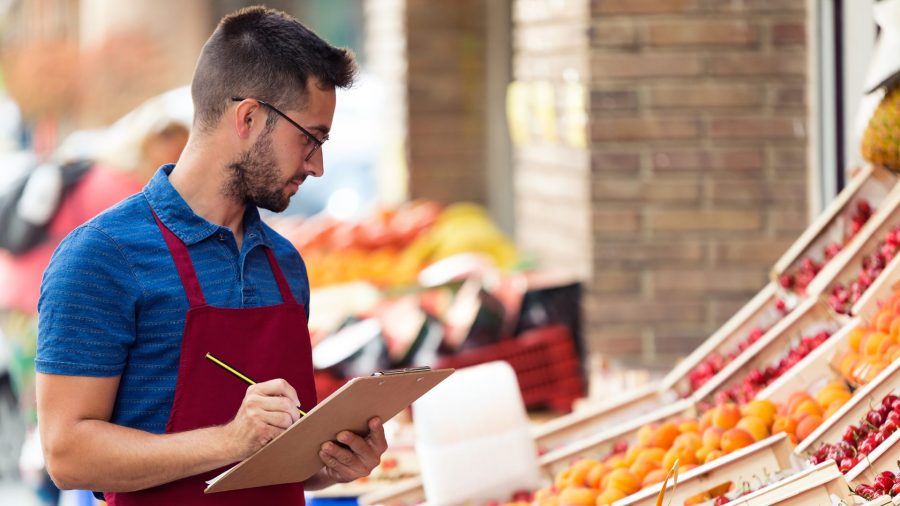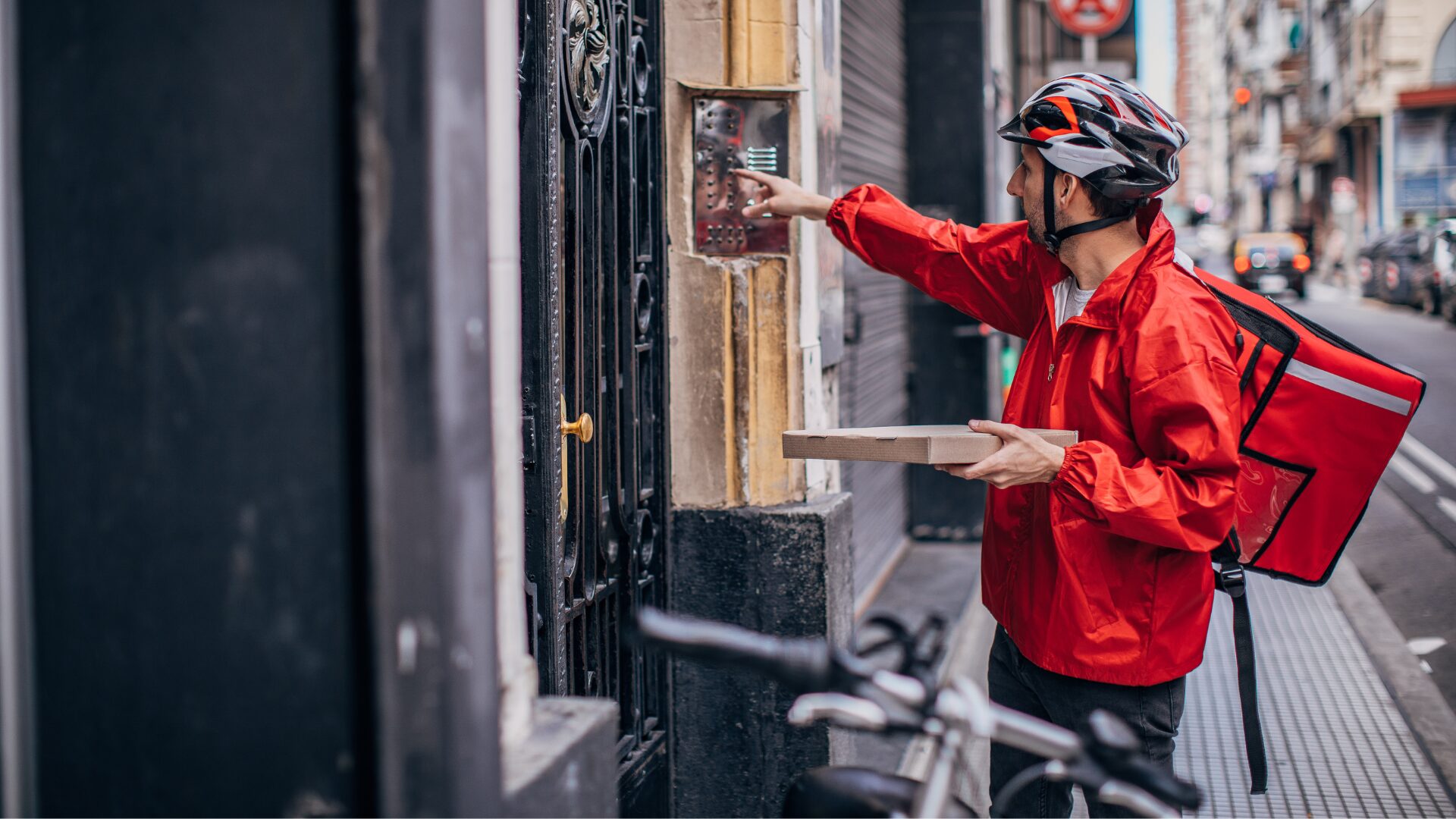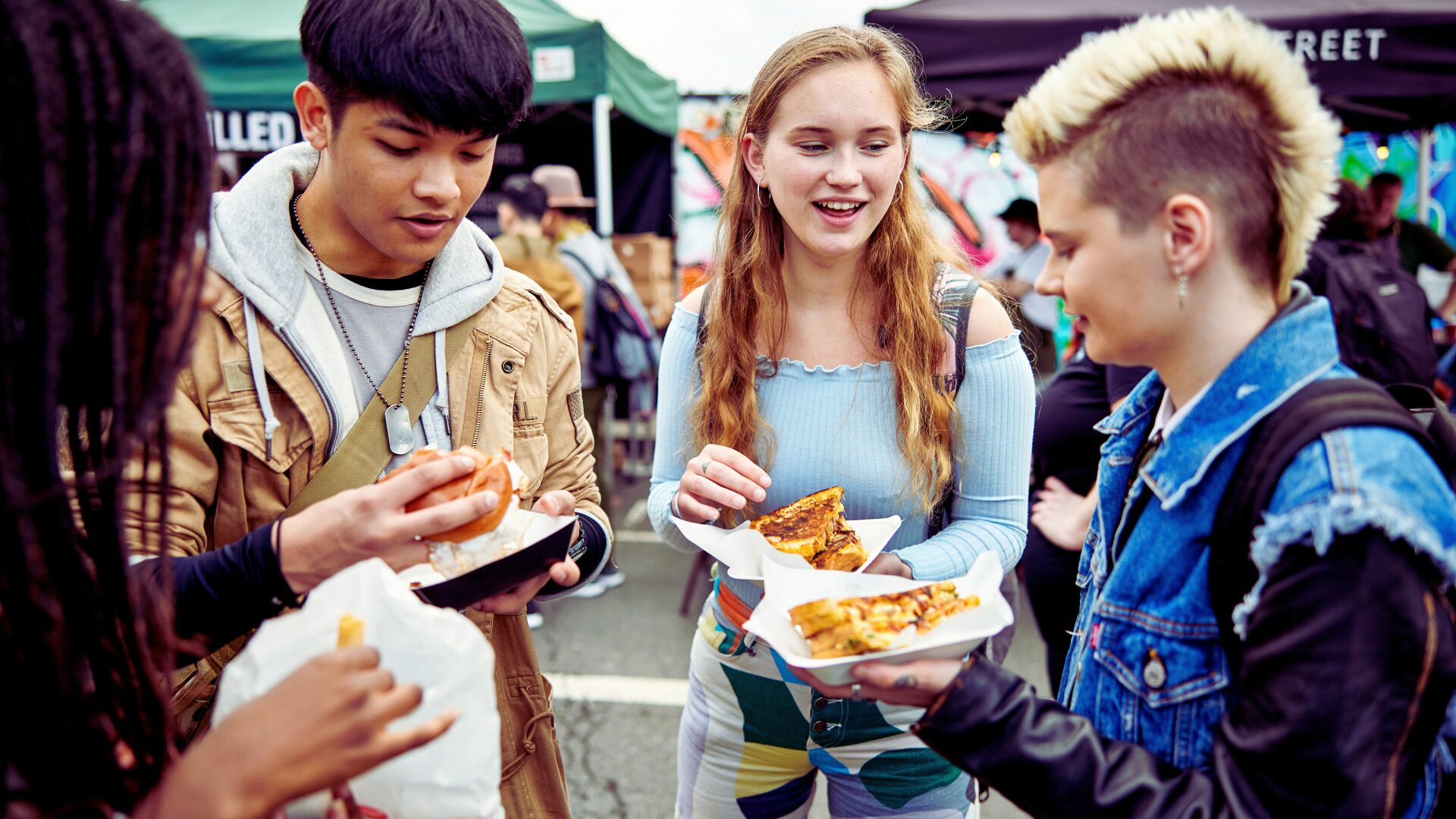The rise of in-store fulfillment was rapid, and it created new challenges alongside new sales opportunities. Customers are demanding faster speeds and more convenience while grocers now need to juggle multiple fulfillment options while keeping shelves full and orders going out on time.
“You have this pandemic hit and create all this demand,” said Rachael Hadaway, SVP of Product, CPG at Symphony RetailAI.
“You have these kind of immature approaches to delivery and pickup. And then you have the scope of the global supply chain challenge. When that hits, you get a kind of perfect storm of situations.
“That means all of these retailers really have to learn on the fly, and customers are learning along with the major retailers.”
Grocers need to stop thinking of their in-store, BOPIS (buy online, pick up in-store) and delivery services as different approaches to selling the same stock and instead look at them as individual aspects of a broader product portfolio, according to Hadaway. Sometimes a customer is in a rush, and sometimes that same customer wants to linger and enjoy the store experience — and they’ll want different items on each trip.
AI and data science are necessary to understanding what items sell through which channels, Hadaway said.
Tracking what your customers buy through which kind of fulfillment is the key to getting the right product assortment in place and properly managing inventory to avoid out-of-stocks.
“We’re beginning to see science really come in and help retailers think through the assortment they need,” said Hadaway. “’What do I need for the in-store experience — what’s that assortment? What do I need when I really want to really leverage the power of delivery?’ Really focus on having the right assortment for those experiences and those trips.”
This same process can also enable the creation of hyper-personalized stores. Meeting store-level demand often calls for sourcing local favorites, which can be expensive compared to getting national brands, Hargrave said. However, putting the data in place to really know your customers means you can get away with personalizing as little as 10% to 15% of the total inventory.
Quality is more important than quantity in this case.
“Hyper-personalization comes at a cost, but really what you want to do is you want to make the customers feel like you understand them —you’re buying local and you’re bringing in products that really cater to that market,” said Hadaway. “That comes at a cost of space and possibly labor.
“What you really want to do is use science and AI to identify those really key products that you have to have in the market, but you can’t swing the pendulum too far and overbuy for a single store,” she added.
Truly making the most of these opportunities requires a great internal data science team, according to Hadaway. The technology will collect the data, but smart grocers have people in place to interpret it down to the store level and use that information to drive inventory, scheduling and even the store layout.













